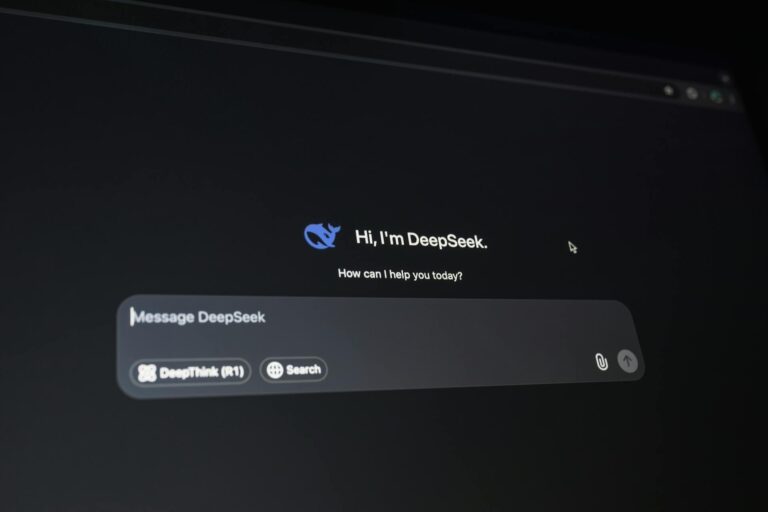
Almost every company now communicates with customers via digital channels, and this digital customer experience is a vital component of success. However, when issues arise with digital technology – for example, when customers cannot access their rideshare app, when they cannot log on to their banking site, or when their video conferencing tool starts to glitch – the result is not just an annoying experience but a direct impact to customer satisfaction or employee productivity. Companies must be able to fix them before they create any business impact.
Organisations are increasingly turning to artificial intelligence (AI) to be able to remediate problems effectively and automatically, with minimal human intervention. AI can predict a business disruption before it happens and resolve the looming problem well before users and customers are impacted. This is critical in today’s digital world, where a technical failure can critically injure a business.
Using AI to detect problems early
AI can serve as an early warning system that detects the danger signs and symptoms that precede problems – such as anomalies in health and performance data – and issue an alert. It can then trigger actions to prevent the problems identified from occurring. In this way, AI can help businesses prevent outages, save time and money, improve employee productivity and shield organisations from damaging brand impact.
With AI, organisations are no longer in a defensive, reactive posture, constantly trying to put out fires and deal with the unexpected. Instead, they are proactively addressing potential problems and moving their businesses forward by increasing productivity and lowering costs and freeing up IT teams to focus more on innovation.
See more, know more, do more
AI offers digital organisations the ability to provide insight into what is happening in their IT infrastructure – from their internal network all the way to their cloud system – in real time. All changes are captured, correlated and visualised in the most effective way. In addition, AI enables companies to predict any issues there may be within their complex IT environments. Indeed, it tells them what might happen based on previously learned behavioural patterns.

Businesses can also automate certain functions. With AI, it allows users to do more with their time and contribute more to the business, rather than worry about routers, cloud and containers. Indeed, they can focus on the core competency of their business, rather than struggling to keep the lights on.
For organisations large and small, the role of AI is potentially vast, but the most effective end-goal is in automating a function proactively. It can deal with simple tasks, such as detecting accidental changes within an infrastructure, as well as handle complex issues, such as automatically scaling a company’s global infrastructure to optimise the cost. Put simply, it creates efficiencies, reduces costs and speeds both time to detection and time to resolution. In fact, a good monitoring tool powered by AI can automate the entire remediation process.
Less troubleshooting, more innovating
Digital infrastructures are complex and when problems arise, businesses often have to manually check every piece of infrastructure in their environment – which is almost impossible. However, when monitoring is powered by AI and automation, companies have the capability to proactively detect problems. That means not only detecting the problem, but also gathering the information required to uncover the root cause and fixing it.
By knowing exactly what is happening in the digital environment at any given time, businesses can see what is working and what is not. By having contextual intelligence across a complex infrastructure, and meaningful alerts that depict signal and eliminate noise, businesses can discern patterns and apply foresight to stop problems before they happen. With AI, businesses can even automate many of the troubleshooting steps, along with the remediation process itself.
Technology should enable businesses to see issues coming before they happen and help solve them automatically. It is analogous to an autonomous vehicle – let the AI make undistracted decisions for a safer driving experience than humans can provide. After all, it is only fair that if technology causes a problem, it should also fix the problem. However, it should do more. AI should allow organisations to spend less time troubleshooting and more time innovating – this will have a direct impact on the customer and their products and services.
Driving better customer experiences
Ultimately, when organisations embrace AI and start automating certain functions of the business, they will start winning. In today’s digital economy, customers demand a great, always-on experience. AI will not only drive better customer experiences, because their systems will be up and running all the time without experiencing outages, but their employees will be able to focus on contributing more to the overall success of the business. It’s a win-win situation.

Tej Redkar
Chief Product Officer, LogicMonitor


